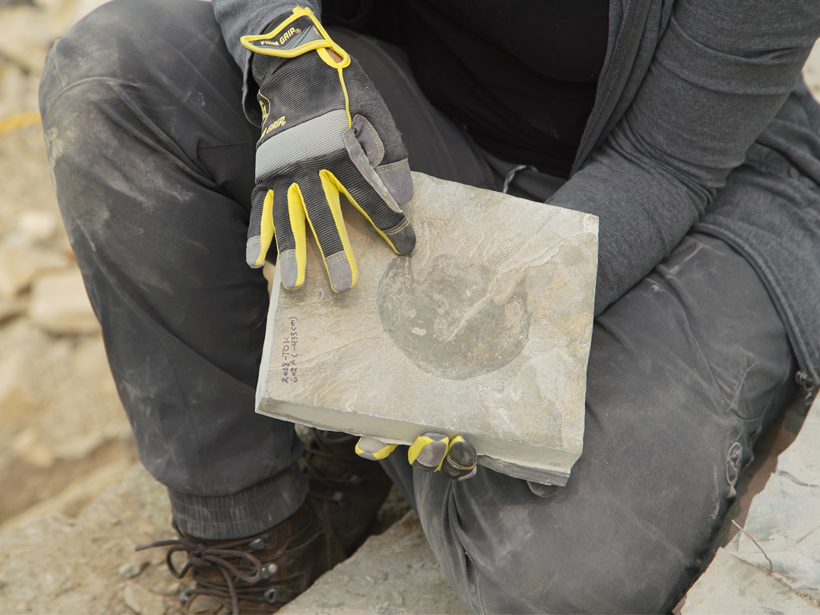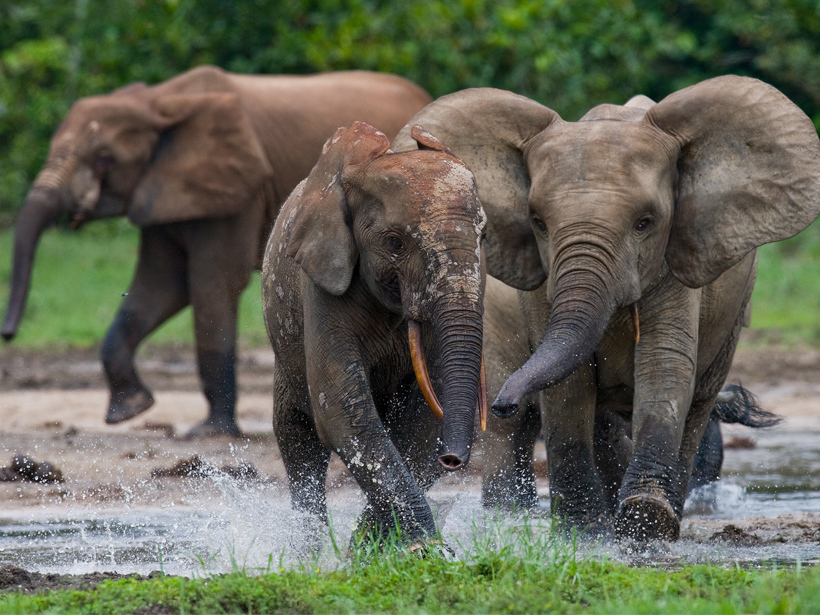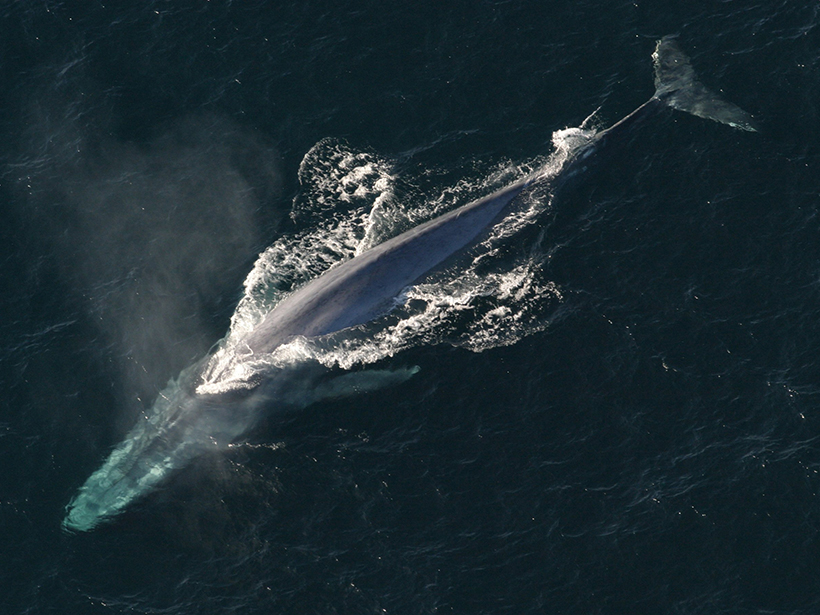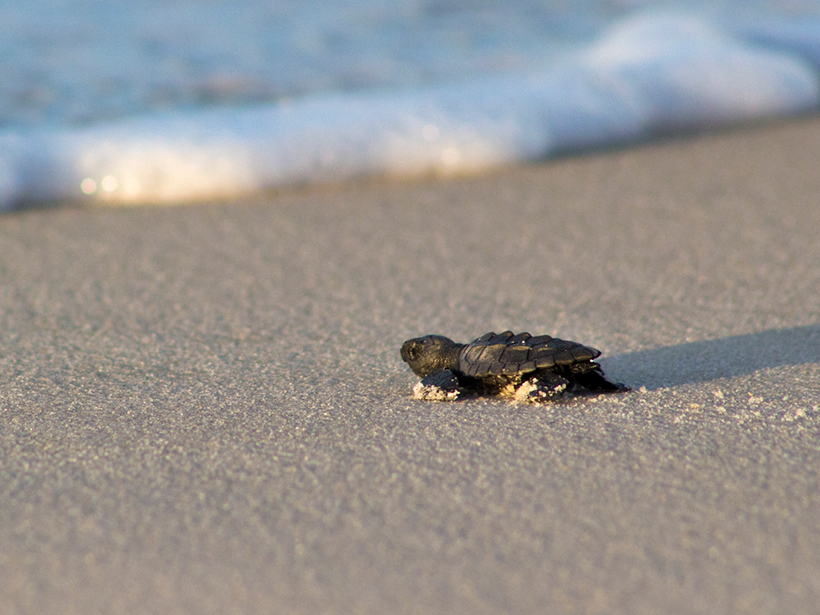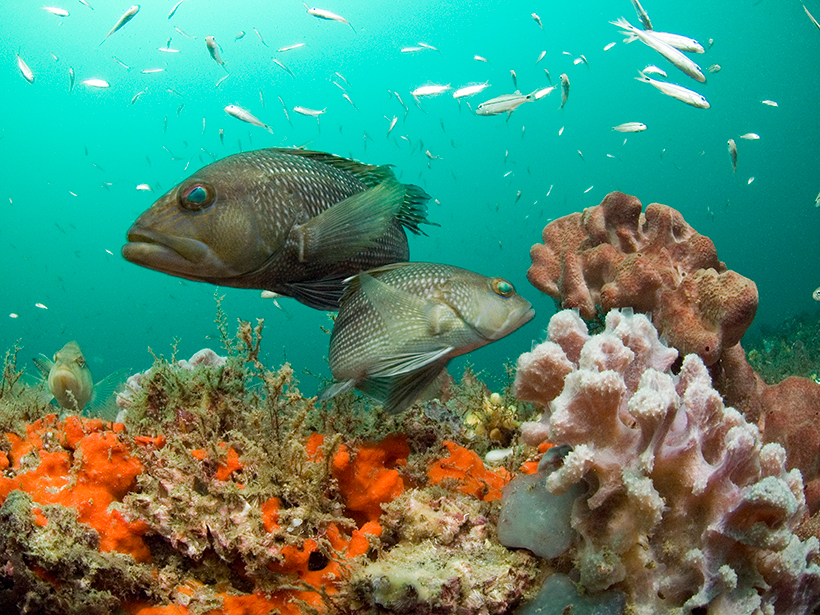The daily activities of mammals, reptiles, crustaceans, and fish influence the physical environment, with invasive burrowing species causing particular disruption in aquatic environments.
animals
Is Chicago Water Pollution Halting a Silver Carp Invasion?
Pollution is definitely not the solution to stopping invasive silver carp, researchers assert. But cleaner waters could affect the invasion front.
Tropical Corals Are Migrating Away from Warming Waters
In the first global assessment of its kind, researchers discovered that coral recruitment is declining globally and throughout the tropics while increasing in the subtropics.
Newly Discovered Fossil Species Named After Star Wars Starship
The 500-million-year-old species is a distant relative of today’s crabs, spiders, and insects.
Elephants Boost Carbon Storage in Rain Forests
Forest elephants are the “gardeners of the Congo.” How might their dwindling population affect carbon storage in the world’s second-largest tropical forest?
Seasonal and Annual Changes in Pitch in Blue Whale Calls
Six years of acoustic recordings detect seasonal shifts in blue whale vocalizations that correlate with the presence of icebergs, a primary source of ambient ocean noise in the southern Indian Ocean.
Dinosaurs Roar Again, Now Including a Focus on Climate Change
The newly renovated fossil hall at the Smithsonian’s National Museum of Natural History features spectacular fossils and includes a theme of human impact on life on Earth.
Leaping Global Temperatures Make Frog Disease Deadlier
Climate change will shift the warmest months, when disease rates spike, into tadpole season, which could endanger the long-term survival of common frogs.
Predicting Wave Wash Overs for Sea Turtle Nests
To better protect coastal species, researchers developed a model that predicts harmful wash overs with 83% accuracy.
Global Warming Hits Marine Life Hardest
The lack of thermal refugia in the ocean means marine life has nowhere to escape from rising sea temperatures.




